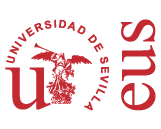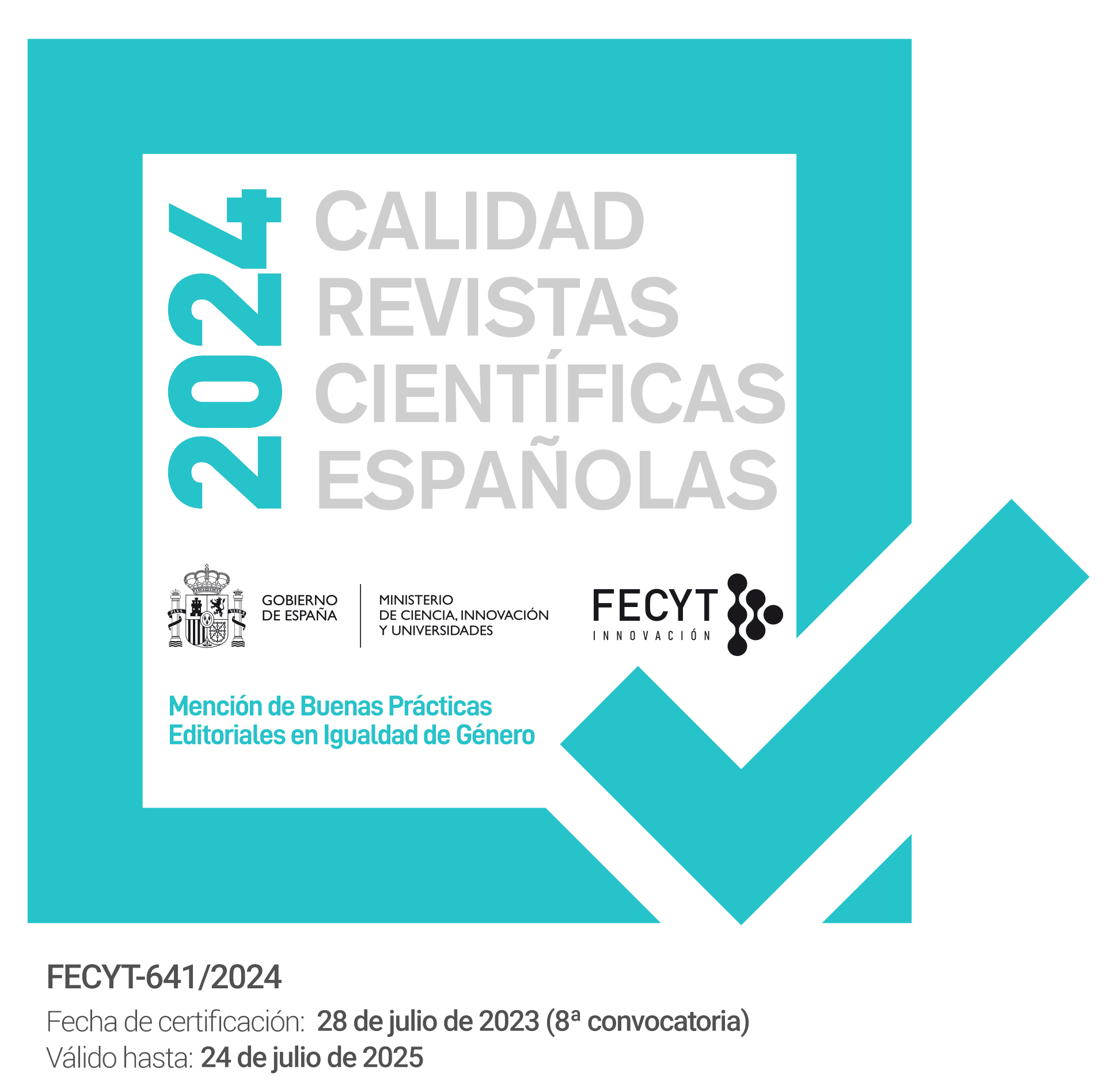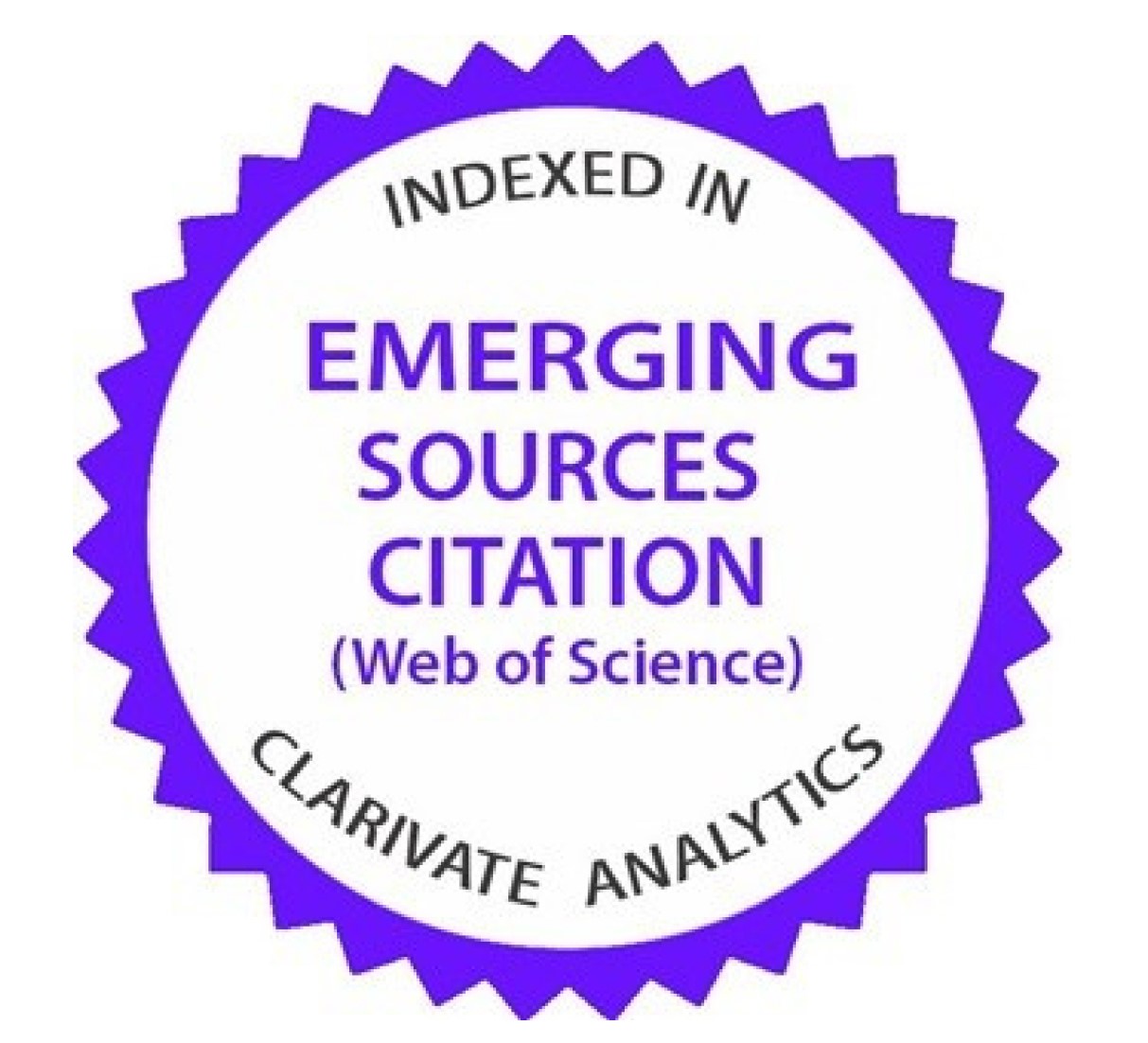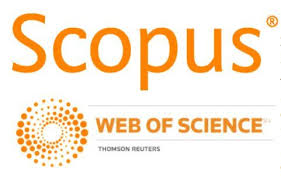ISSN: 1132-0265
e-ISSN: 2253-8321
DOI: http://dx.doi.org/10.12795/PH
Diversity Policies and gender inclusive language
Philologia Hispalensis promotes and encourages diversity, equity and inclusion throughout the research and publication process. Therefore, the journal adopts a comprehensive approach to gender and recommends to authors and reviewers the application of practices that promote inclusion and equity in scientific articles.
1. Editorial composition and review
Philologia Hispalensis ensure a balanced editorial composition of women and men, which will be reflected both in the different organs of the journal and in the persons in charge of the evaluation of the papers.
2. Use of inclusive and non-sexist language
The journal Philologia Hispalensis adheres to the United Nations goal of "expressing oneself orally and in writing without discriminating against a particular sex, social gender or gender identity and without perpetuating gender stereotypes" (UNITED NATIONS Gender-inclusive language).This objective must be compatible with "other discursive or pragmatic postulates, such as those of equivalence, adequacy, convenience, aesthetics and, in particular, the principle of economy" (RAE - January 16, 2020, § 8.1), and also with respect for the linguistic system. It is recommended to take into account the guidelines of the aforementioned United Nations website and the report and other publications of the Royal Spanish Academy (Informe_lenguaje_inclusivo.pdf (rae.es)).
3. Inclusion of sex/gender analysis in research
Authors are encouraged to include, when appropriate, a sex/gender analysis in their research that addresses the relevance of these variables in the research design, methodological approach, results, discussion and limitations of the study.
Similarly, the conclusions of the papers should take into account possible sex/gender differences, favoring a more equitable and complete interpretation of the findings (v. Guidelines for authors, n. 13).
4. Gender perspective in peer review
Philologia Hispalensis will incorporate the gender perspective in the review of the papers and in the evaluation reports, which will include specific instructions to the evaluation staff to assess whether the studies include an analysis disaggregated by sex and/or gender and whether they address its relevance in the research design, results, discussion and limitations (v. Reviewers instructions).
With these actions, the journal is committed to fostering more equitable, representative and rigorous scientific communication in the educational and technological field.







